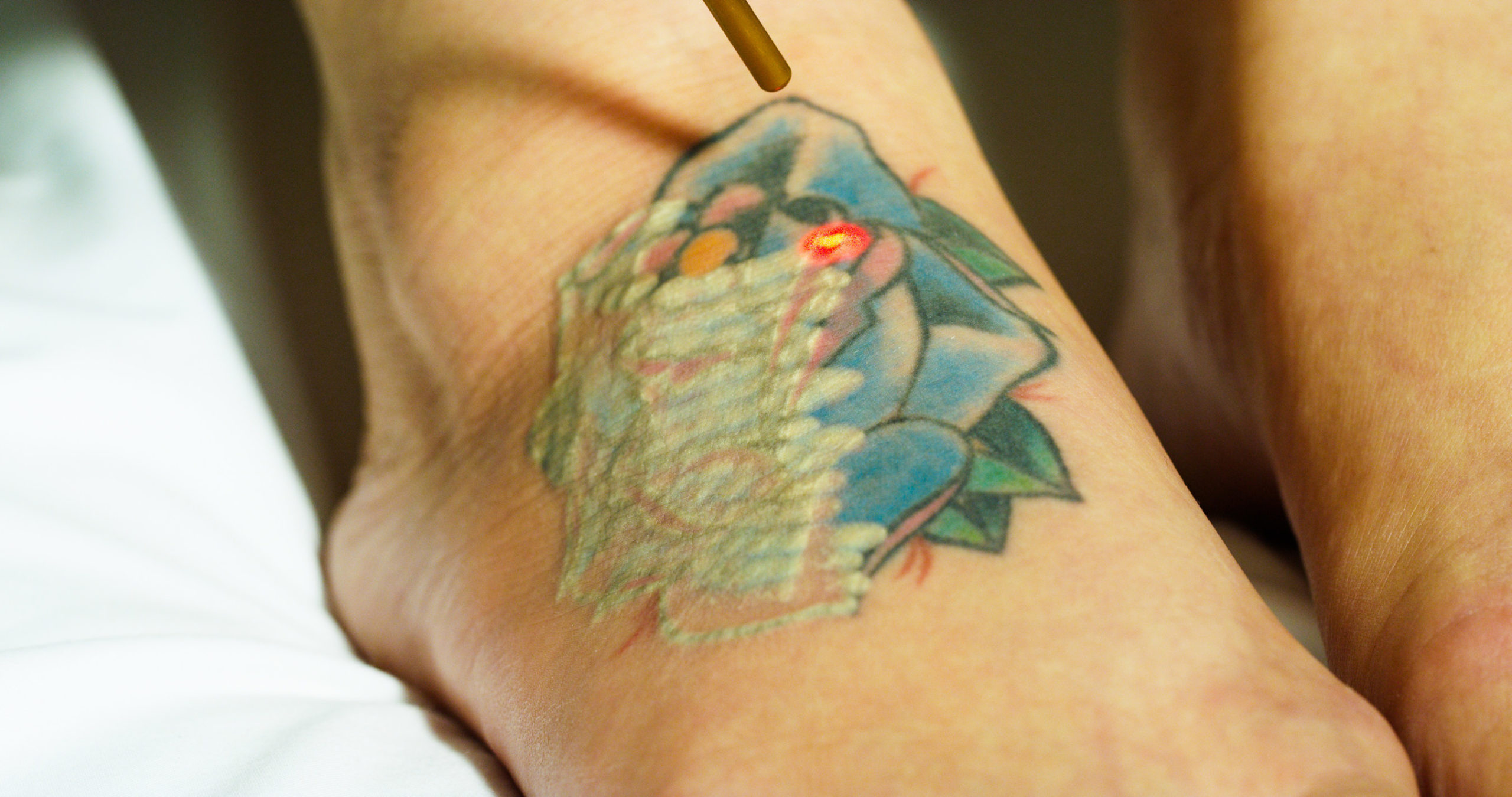
Have you ever had a tattoo that you regretted after some time? Maybe you’re considering a tattoo but are hesitating because you think it’s permanent. Whatever the case, you probably want to know more about tattoo removal.
“No Regrets”
There are numerous justifications for getting rid of a tattoo. Perhaps the design of your tattoo was flawed, or perhaps you no longer have any use for the tattoo. Additionally, given that tattoo ink tends to “bleed” with time, your design may now appear very different from how it did when you originally got it.
How Can a Tattoo Be Removed?
Although tattoos are considered to be permanent, there are different ways to have them erased. Learn everything there is to know about tattoo removal in the next paragraphs, including how it functions, how it feels, and how it heals.
The most popular tattoo removal technique is laser removal, even though it involves more steps than zapping the ink away with a laser. The ink is broken down into minute pieces by the device before your body takes care of the remainder.

Azadeh Shirazi, MD, a board-certified dermatologist who specializes in medical, surgical, and cosmetic dermatology, says that the ink doesn’t truly come off your skin; rather, it gets absorbed into your body. The skin tissue gradually eliminates the broken ink particles in your bodily fluids when white blood cells engulf them and carry them away through the lymphatic system.
The type of laser your removal specialist uses on you could depend on the color of your tattoo. Different types of lasers are frequently utilized during tattoo removal. If your tattoo has a lot of black, gray, or brown pigment, for instance, an Nd: YAG laser might be employed, whereas ruby and alexandrite lasers are frequently used to remove blue and green colors.
Does it Hurt?
 Although most people would claim that getting a laser tattoo removed hurts just as much (if not more) than getting the tattoo itself, it’s vital to keep in mind that everyone has a different threshold for pain. Laser tattoo removal feels like snapping rubber bands against the skin. This is what Debra Jaliman, MD, a board-certified dermatologist with a focus on cosmetic dermatology and general dermatology based in New York, says. However, you should expect that a numbing cream will be applied to the area beforehand.
Although most people would claim that getting a laser tattoo removed hurts just as much (if not more) than getting the tattoo itself, it’s vital to keep in mind that everyone has a different threshold for pain. Laser tattoo removal feels like snapping rubber bands against the skin. This is what Debra Jaliman, MD, a board-certified dermatologist with a focus on cosmetic dermatology and general dermatology based in New York, says. However, you should expect that a numbing cream will be applied to the area beforehand.